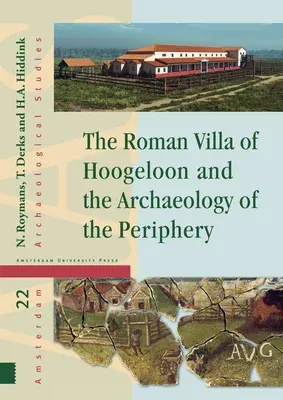The Roman Villa of Hoogeloon and the Archaeology of the PeripheryHardcover, 5 December 2014

Temporarily out of stock
Free Delivery
Cash on Delivery
15 Days
Free Returns
Secure Checkout

Part of Series
Amsterdam Archaeological Studies
Part of Series
Amsterdam Archaeological Studies (Hardcover)
Part of Series
Amsterdam University Press - Amsterdam Archaeological Studie
Print Length
356 pages
Language
English
Publisher
Amsterdam University Press
Date Published
5 Dec 2014
ISBN-10
9089648364
ISBN-13
9789089648365
Description
Product Details
Book Format:
Hardcover
Country of Origin:
US
Date Published:
5 December 2014
Dimensions:
29.72 x
21.08 x
2.29 cm
ISBN-10:
9089648364
ISBN-13:
9789089648365
Language:
English
Location:
Amsterdam
Pages:
356
Publisher:
Series:
Weight:
1814.37 gm